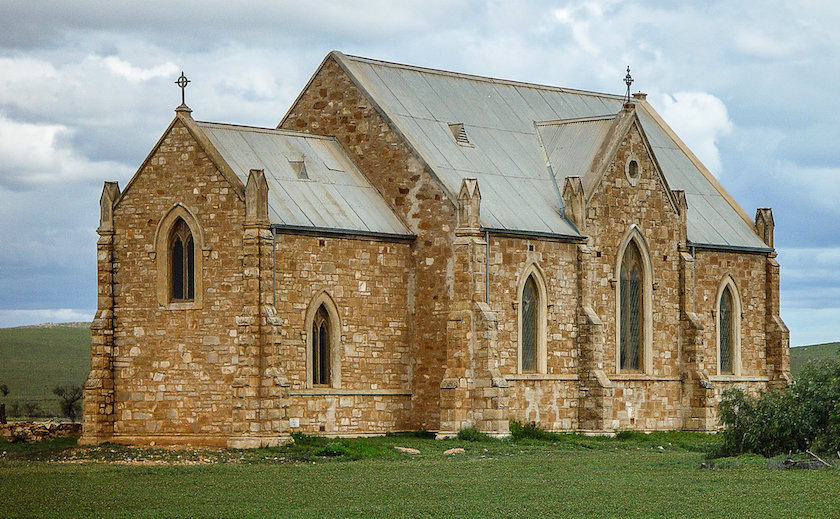Religion in Australia
Have megachurches reached peak congregations?
With the legal protection of parliamentary privilege, Andrew Wilkie has made allegations of financial impropriety against senior members of Hillsong churches in Australia. The Charities and Not-for-profits Commission is now investigating these claims.
If they are substantiated, they would align with findings relating to megachurches in the US. On the ABC Religion and Ethics Report Roland Salmond interviews Katelyn Beaty, author of Celebrities for Jesus: how personas, platforms and profits are hurting the church.
In the 17-minute interview – How celebrity influenced Christianity and church leaders – she traces the rise of megachurches going back to Billy Graham, through to the huge establishments – auditoriums of 45 000 worshippers in the US – of today.
From the beginning the sermon has been the centre of these churches’ activities: pastoral care hardly features. Also at the core has been the celebrity preacher, almost always male, rather than a layer of clergy as one finds in traditional churches.

No celebrity preachers here (St Gabriel’s Church, Cradock)
As these megachurches have become big businesses, cases of financial mismanagement and diversion of church funds for personal purposes have become more common, as have cases of preachers’ sexual behaviour that do not entirely align with the moral exhortations they deliver to their flocks.
Beaty’s interest is not in tearing down the reputation of these institutions: they are doing that for themselves very well. Rather, it is in the way their behaviour is giving Christianity a bad name.
Writing in The Conversation, Rosie Clare Shorter of the Western Sydney University and Tanya Richards of the University of Birmingham examine the conventional narrative that Pentecostal churches in Australia are still on a strong trajectory of growth. Census data, however, shows that alongside a general fall in religious affiliation, Pentecostal churches have been losing membership. It appears that young people and women have been those most likely to leave the Pentecostal congregations, perhaps because some of the messages from the pulpit are demeaning to women: We’re told Pentecostal churches like Hillsong are growing in Australia, but they’re not anymore – is there a gender problem?.